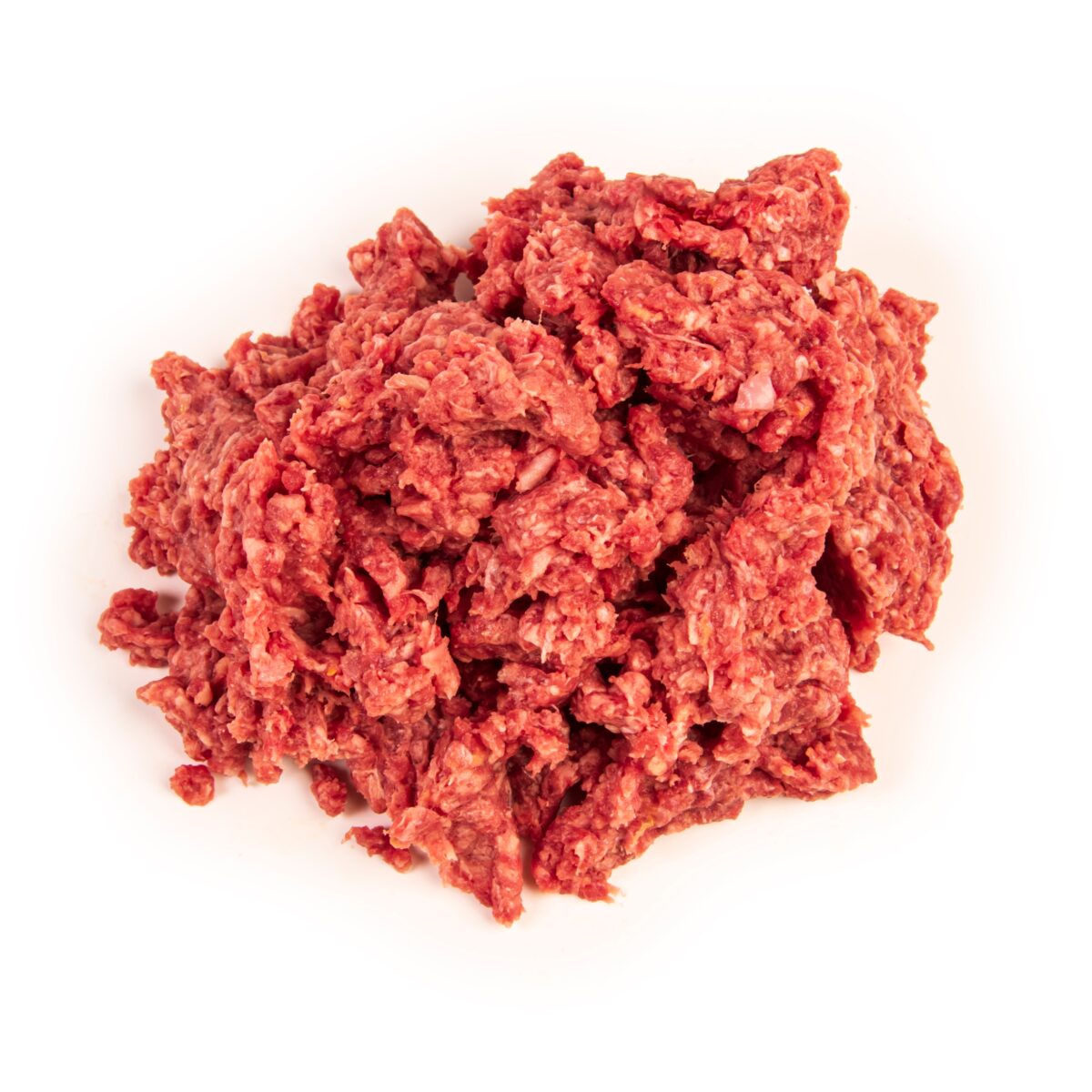Contact
Ólafur Reykdal
Project Manager
olafur.reykdal@matis.is
Quality survey of minced beef in January 2010 / Evaluation of the quality of minced beef in January 2010
In mid-January 2010, a survey was conducted on the content and labeling of ground beef. Eight samples were taken from pre-packaged ground beef in shops in the capital area. The labeling of the packaging was examined with regard to the provisions in regulations. Measurements were made of meat species, soy protein, fat, protein and water. Added water and added fiber / hydrocarbons were evaluated by calculations. The main results of the survey are that other types of meat were not mixed with ground beef and soy protein was not detected. According to calculations, water was added in 6 samples out of 8, but for one of the six samples, water was not in the description of ingredients. The packaging of two samples was marked with 12% added water, but the calculations did not indicate much added water. According to the ingredient descriptions, potato fiber is increased to 4 products out of 8. The fibers bind water, but the use of such substances is permitted according to regulations. A comparison with nutrition labeling revealed that fat was above the stated value in three cases and protein was below the marked value in two cases. In some cases, the labeling on the packaging did not meet the requirements of the regulations. Nutrition labeling was missing for two samples. There was a lack of adequate address and subtitle markings. It can be concluded that there is a need to improve the labeling of beef mince packaging. Regulation on meat and meat products no. 331/2005 is unclear on issues such as added water and therefore there is every reason to review the regulation.
A survey on the composition and labeling of minced beef was carried out in January 2010. Eight products of prepacked minced beef were sampled from supermarkets in Reykjavik. The labels were compared to provisions in regulations. The products were analyzed for meat species soy protein, fat, protein, ash and water. Added water and added carbohydrates / fiber were calculated from analytical values. The main results of the survey were that other meat species were not added to the minced beef and soy protein was not detected. According to calculations, water was added to 6 out of 8 samples but for one of the samples water was not listed as an ingredient. In two products added water was less than the 12 percent stated on the label. Potato fibers were according to the labels added to 4 products. This is in accordance with regulations. Fat percentage was higher than declared in three products and protein was less than declared in two products. Labeling did not fulfill regulatory requirements in some cases. Nutrient labeling was lacking in 2 samples. Addresses of producers and subtext in the name of the products were sometimes missing. The Icelandic regulation on meat and meat products No. 331/2005 is unclear on how to estimate and calculate added water and needs to be revised.



